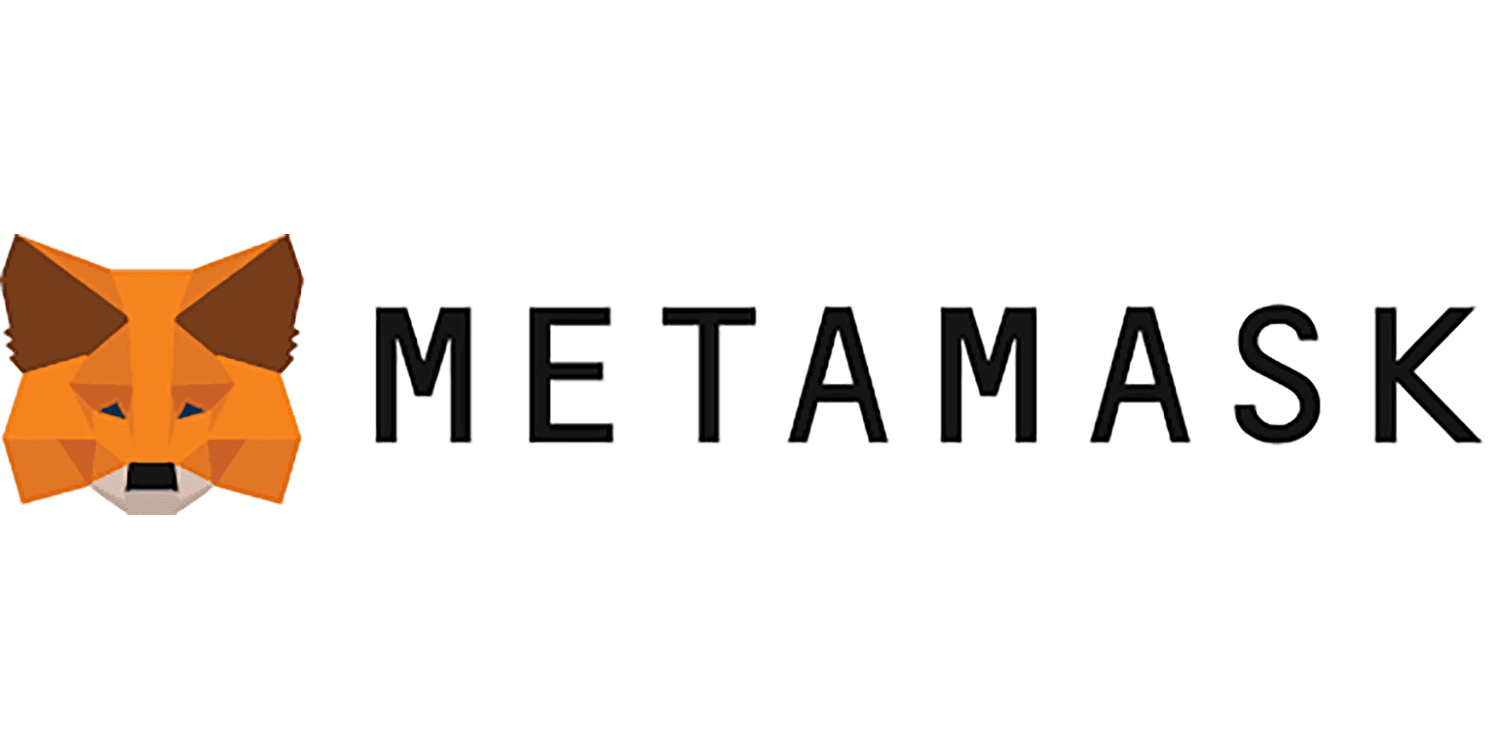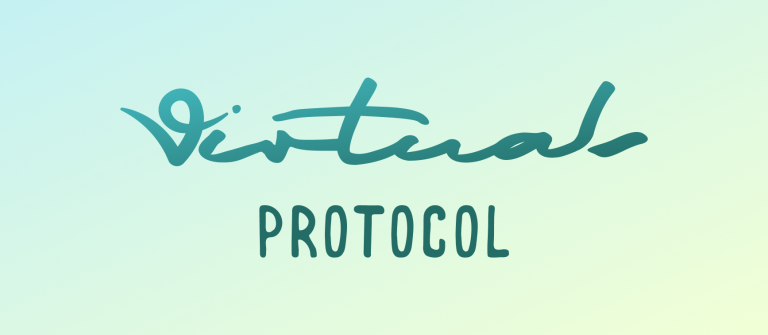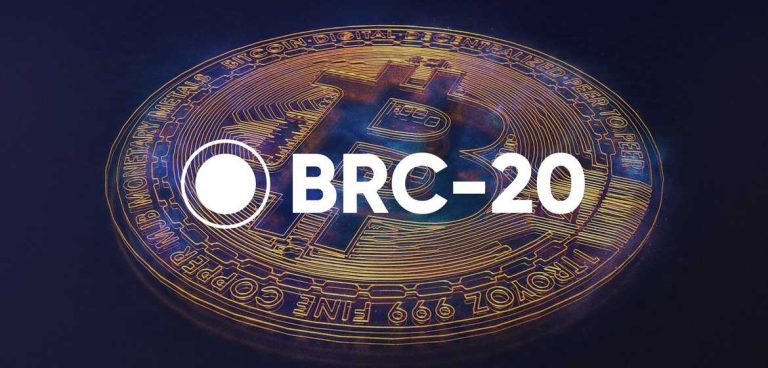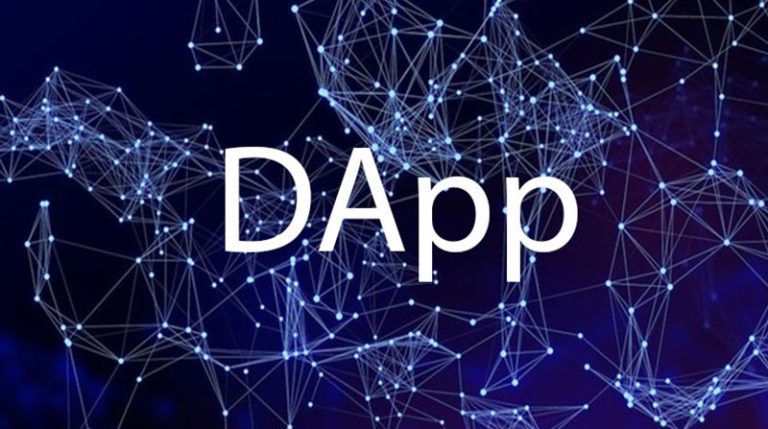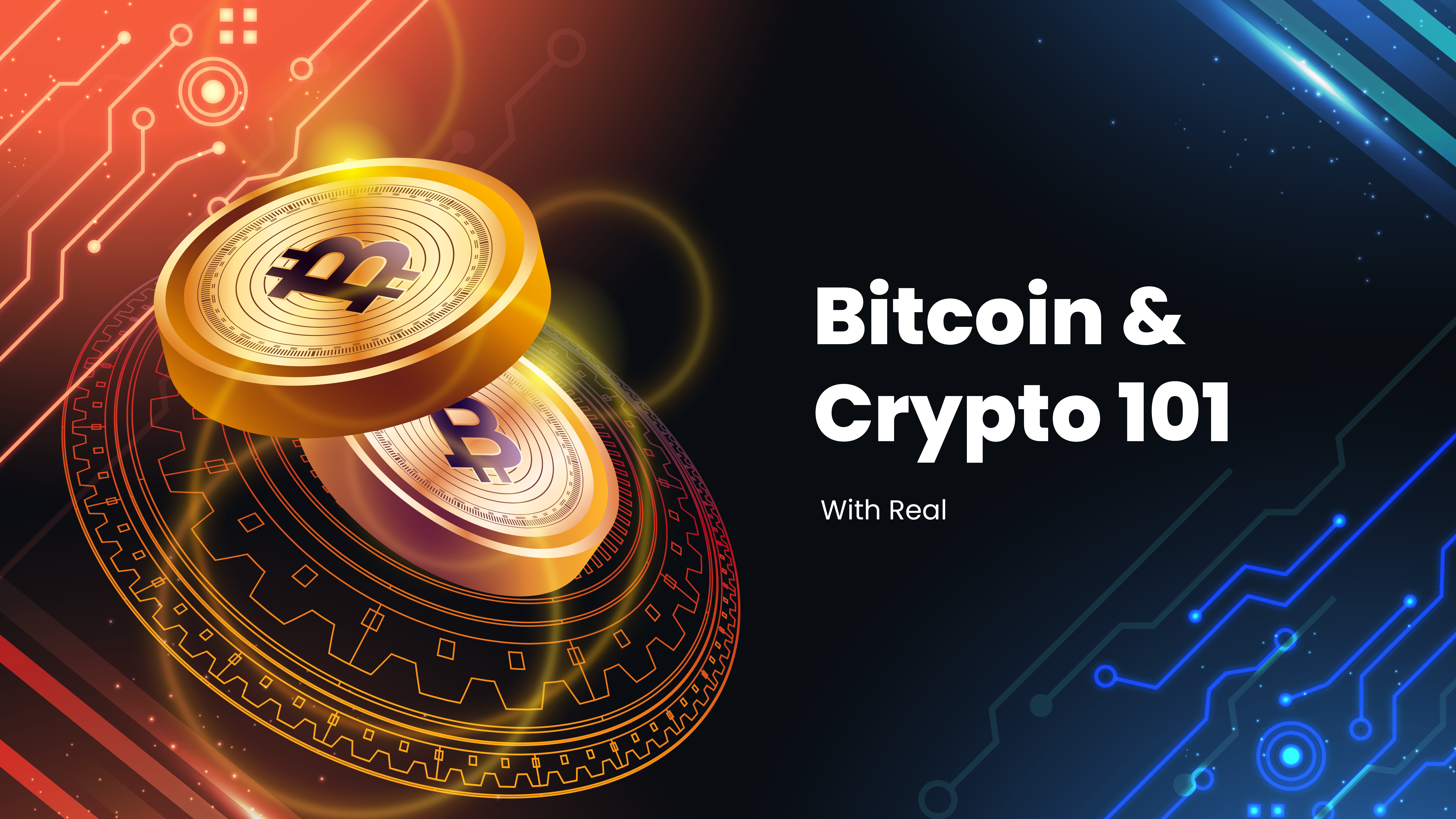Introduction
MetaMask is a free crypto wallet software that people can use to interact in the crypto world. It lets you buy, sell, and trade crypto assets for the Ethereum blockchain. It has been around since 2016, much like how you use a wallet to buy in the real world.
Background
A ConsenSys developer named Aaron Davis founded MetaMask in 2016. ConsenSys is an American Blockchain technology company. It is currently based in Switzerland and builds infrastructures for Ethereum tokens.
Before 2019, MetaMask was only a desktop browser extension. It was available for Google Chrome and Firefox browsers. MetaMask was popular among cryptocurrency users. Yet, it lacked an official app for several years. This caused many examples of malicious software posing as MetaMask. It became an issue for Google in regulating its Chrome Web Store and Google Play platforms. For example, Google Play removed MetaMask’s official beta app. They reverted the decision a week later on Jan. 1, 2020.
By 2019, MetaMask began releasing mobile app versions for closed beta testing. They followed the official public release for iOS and Android in September 2020.
In October 2020, MetaMask added MetaMask Swaps to the desktop extension. It’s a built-in DEX aggregation service. The product was available in March 2021 on mobile devices.
Getting Started with MetaMask
MetaMask is a new type of crypto wallet. It aims to help cryptocurrency users establish their identities on the internet. The service is quick and easy to use, and setting up a new account is swift and painless.
The first thing to do is to create a seed phrase, which will serve as a backup password. During the process, you will have to confirm your seed phrase. Use a confirmation button and a message. After installing the MetaMask extension, go to your browser’s extension settings. Sign in to the site.
Metamask will ask you to create a strong password. Accept MetaMask’s terms of service, and save your seed phrase. Next, you’ll be prompted to accept the terms of service and receive a unique Ethereum wallet address. Once you’ve confirmed your new account, you’re ready to use MetaMask.
Once you sign in to your MetaMask account, you can connect it to the network of your choice. To add a network, select “Networks’’ and then click “Add Network.” You can also add the Celo network to MetaMask manually. Once you’ve added the network, you can add tokens to your account next.
MetaMask is available as a free Google Chrome extension. It’s also available for iOS and Android native applications. It also supports Firefox, Chrome, Brave, and Edge Browser. You can find step-by-step instructions on how to set up your account on MetaMask’s website.
You must also have an account with the company to access your wallet. Once you have an account, MetaMask will display a list of supported browsers.
Use Cases
- Manage Non-EVM assets like Bitcoin, Solana Flow, etc.
- Storing and managing zero-knowledge cryptography secrets.
- Accessing IPFS data in the wallet.
Features and Functionality
The most obvious feature of MetaMask is its ease of use. It makes interaction with decentralized applications easy. It also allows you to create many wallets. When you create a new wallet, it generates a new public key and a new private key which you can switch.
Another feature of MetaMask is that you can connect it with other Blockchains. It’s not limited to Ethereum. You can connect MetaMask to Binance smart chain (BSC), Avax, Polygon, and Fantom. It will also chain list you as you enter the networks through MetaMask. We will have a complete guideline on how to connect MetaMask to other blockchains.
Once you connect to the wallet, MetaMask enables you to store NFTs from marketplaces. You can also buy an NFT. It will appear under the collectibles tab in MetaMask.
Finally, MetaMask is compatible with hardware wallets. It works with the Ledger, Nano, and Trezor. Click on “connect hardware wallet.” Then, connect your hardware wallet to unlock the device. Then, you can spend the money in the wallet like any other MetaMask wallet. This is helpful when interacting with applications that support MetaMask. Yet, these applications don’t support Trezor or Ledger Wallet.
Risks and Challenges
- The wallet is online, so it’s more at risk than hardware wallets or offline “cold” wallets. As with any “hot” wallet, Metamask can compromise assets stored on it. This can happen through security vulnerabilities on your device or internet connection. For this reason, most crypto investors only use hot wallets like Metamask. They use them to store small amounts of cryptocurrency. They rely on cold wallets to hold larger sums of cryptocurrency. Cold wallets are less vulnerable to hacking.
- MetaMask doesn’t support some cryptocurrencies such as Bitcoin or XRP. Additionally, like any other software wallet, it is not as secure as hardware wallets. Hardware wallets, such as the Ledger or Trezor, offer greater security. It is usually recommended to keep only small amounts in software wallets.
Advantages
- MetaMask is compatible with many decentralized applications. It allows you to buy and swap tokens.
- It’s free and easy to use.
- It is safe.
Conclusion
Metamask is a simple, easy, and free to use crypto wallet for users. The integration with various dApps and NFTs has made it the go-to wallet option for users. The support of thousands of tokens also contributes to its popularity. Metamask has unmatched security features, including seed phrases. It is a safe crypto wallet option for beginners and intermediate users in the crypto market.
